How Rows.com increased Activation by 30% with AI-powered Freemium ✈️
From "loginless" onboarding to AI-powered freemium — discover how Rows unlocked growth by focusing on real user intents and seamless activation.
Hello everyone 👋 I’m Kate Syuma, and welcome to Growthmates.news — the newsletter where we explore growth stories to inspire your professional and personal growth. Join the community of 7,000+ Product, Design, and Growth people from companies like Amplitude, Intercom, Miro, Atlassian, Grammarly, Framer, and more.
Let me start with something really simple today. We’ve all heard generic advice like:
Optimize the onboarding tour 😬
Simplify the empty state 👌
Nudge users toward the ‘aha’ moment…
But Henrique and the Rows team flipped the script. Instead of building better tooltips or checklists, they went deeper: What if activation starts before the sign-up? What if AI isn’t just a feature — but a way to decode intent?
In this post, Henrique walks us through 3 pivotal shifts that helped Rows grow activation and product adoption — not by doing more, but by getting sharper on what users really want 👇
Before we dive in… Meet the Growthmates Bundle 🚀
I created the Growthmates Bundle to share not just ideas — but the tools I trust and use in my own work. Each one is a handpicked #1 tool for a key product area, and I’m proud to have them supporting this newsletter 🖤
Best way to support Growthmates? Explore these fantastic tools below 👇
Framer — the fastest way to design and publish stunning websites (Growthmates.club is built on it).
Mobbin — the largest UX & UI reference library for deep product inspiration.
Beacon AI — the smartest AI agent for product and design teams to identify and fix UX issues that block activation, retention, and conversion.
Introducing Henrique Cruz (Head of Growth & AI at Rows).
Henrique Cruz leads Growth & AI at Rows, where he’s spent the last 6+ years shaping how AI transforms spreadsheet workflows.
From launching the first GPT-3 integration at Rows to bringing AI Analyst to life, Henrique blends deep technical research with go-to-market execution. He’s played a key role in product strategy, model evaluation, and launching AI-first features like Rows Vision — turning images into structured data for business-critical use cases.
What we cover in this post:
Loginless Onboarding — how removing sign-up walls helped Rows convert high-intent users instantly (especially on mobile)
User Intents > UI Tweaks — why small onboarding experiments didn’t move the needle, but aligning with real jobs did
Freemium for AI Adoption — how Rows leaned into a generous free plan to drive AI usage and long-term retention
Activation Insights — slicing funnel by use case, testing value moments, and learning what actually drives activation
And now, let’s dive into today’s issue👇
1. The Loginless Breakthrough: Value BEFORE Sign up.
Rows competes with free tools like Google Sheets. To even stand a chance, they knew they had to deliver value before asking for an account.
So, they launched a loginless experience that lets users try the AI spreadsheet instantly — no friction, no sign-up walls.
“People don’t come to your product with a blank mind. They come with intent. The question is: can your product capture that intent quickly enough?”
Henrique Cruz, Rows.com
📌 Why this worked:
Helped Rows surface value immediately, especially to non-technical users.
Matched modern usage patterns: 40% of traffic comes from mobile.
Highlighted high-intent use cases like AI co-pilot and data cleaning from the first click.
Another unique offering from Rows is its loginless mobile experience, where users can start working without signing up. Just open Rows on your phone — you’ll land directly inside a live spreadsheet.
At the bottom, there’s a smooth switcher to toggle between editing and chatting with the AI Analyst. It’s a smart solution to a long-standing issue: traditional spreadsheets don’t work well on mobile, but this one does — instantly and intuitively.
🧠 What they learned:
Loginless experience on mobile led to +35% growth in mobile traffic - even though CR to sign-up was lower, product usage was high.
Pushed Rows to optimize for “one screen, one task” experiences.
Best paired with a strong single-player experience and clear AI value props.
2. Iterating on Onboarding & Activation: Focus on user JOBS, not features.
After launching loginless, Rows revisited their onboarding and realized something was off.
Too many tours, too much explaining. People didn’t want to learn Rows — they wanted to do something useful.
“People asked: Where’s your homepage? How are you better than Google Sheets?We realized onboarding was broken. Initial tours and tooltips felt overwhelming.”
Henrique Cruz, Rows.com
And most shocking news: 🤯 Over 40% skipped tours entirely.
Rows started with redesigning the first screen to focus on user intent:
Simple prompt: What do you want to do?
5–6 curated workflows:
Clean data with AI
Import PDF/Image
Connect to integrations
So the team simplified the experience:
The first screen now asks: “What do you want to do?”
Then it shows 5–6 curated use cases like “Clean data with AI” or “Analyze spreadsheet.”
Each path opens a ready-made spreadsheet with Quick Actions: one-click data imports, AI buttons, and integrations pre-configured to the task. Look how Henrique explains this by himself 👇
“We focused less on explaining the product UI and more on highlighting high-leverage workflows.”
Henrique Cruz, Rows.com
The main highlight is their AI Analyst panel — the high-value moment when users typically experience the aha-moment.
✅ Key results:
AI users converted to paid at 2× the rate of non-AI users.
Power users engaged with AI + integrations — not standalone features.
A product tour had zero impact on activation — so they removed it.
This confirmed a bigger truth: Activation doesn’t live in a tooltip. It lives in the product.
“We focused less on explaining features and more on high-leverage workflows. AI users upgrade at 2X the rate because they experience compound value”.
Henrique Cruz, Rows.com
So, data proved this strategy as well:
AI + OpenAI Integration users: 10% upgrade rate;
Non-AI users: ≈0.3% upgrade rate.
“It’s not just freemium — it’s an aggressive freemium model. We give value first, monetize later.”
Henrique Cruz, Rows.com
🧠 What they learned:
Activation doesn’t live in tooltips. It lives in the product.
Let users do the job they came for — not learn basic UI.
Give users a shortcut to the most valuable workflows (OpenAI integration = 10% CR to Paid).
3. AI isn't a feature — it's an intent amplifier.
Rows didn’t just bolt on AI. They rebuilt key workflows around it — from natural language prompts to full autonomous analysis, making AI central to product value.
They built the AI Analyst, a system that turns messy input into real analysis using prompt chaining, formulas, filters, and charts.
And also launched Rows Vision, which extracts structured data from PDFs, charts, screenshots, and even whiteboards — unlocking workflows like invoice parsing and competitive research.
Rows discovered that combining AI with integrations — especially the OpenAI integration — had a 10% upgrade rate, compared to just 0.3% when users didn’t use AI at all. That clarity helped them double down on the AI + integrations direction as the strongest lever for activation and adoption.
“Not using AI just doesn’t convert at all… but AI + integration, especially with OpenAI (like tagging text) that’s where we saw real value”.
Henrique Cruz, Rows.com
They asked: How can AI reduce friction, uncover intent, and accelerate the first win?
From natural language prompts to full autonomous analysis, AI features helped users express intent faster — and get instant value.
These insights informed their whole product strategy — building at the intersection where product becomes valuable and 10x more useful than doing the same thing on ChatGPT. So this is what they did:
Built AI Analyst: a system that turns user input into real analysis using prompt chaining, formulas, filters, and charts.
Released Rows Vision: extracts structured data from charts, PDFs, whiteboards — unlocking use cases like financial extraction and competitive analysis.
Created an internal system to benchmark models (OpenAI, Claude, LLaMA, DeepSeek) for hallucinations, latency, and task fit.
“We don’t build AI features for today. We build things that will get better as models evolve.”
Henrique Cruz, Rows.com
🧠 What they learned:
AI + integrations is the strongest combo — especially for messy data workflows.
Sandboxes helped control costs on loginless usage.
Clear adoption metrics (Activation, Use-case based analysis) helped them slice funnels and prioritize the right AI investments.
👉 3 Growth Levers from Rows.com
After months of experimentation across onboarding, AI feature adoption, and freemium packaging, Henrique and the Rows team identified three product growth levers that consistently made an impact:
1. Loginless Onboarding → Capture High-Intent Users Early.
Rows removed the sign-up wall and let users instantly try the product.
No account. No friction. Just spreadsheet + AI - right away.
This worked especially well for users coming from Google Sheets or Excel, who already had strong intent. They didn’t want to “learn something new” — they wanted to get something done.
🎯 Key results:
+72% increase in sign-up conversions
30% higher activation via “logicalness experience”
+35% growth in mobile usage. Loginless sessions became a major path to activation.
2. Freemium That Frontloads the AI “Magic”.
Rows made a deliberate choice: instead of locking value, they gave it away first — especially around AI use cases.
The goal? Let users experience the "wow moment" (e.g. instant charts, summaries) before asking them to sign up or pay.
🎯 Why it worked:
Users were twice as likely to activate and convert after seeing AI in action.
The team learned: “You can't convert before you show value.”
3. Onboarding around “Jobs to Be Done” (not just UI).
Instead of tweaking button copy or adding extra steps, Rows focused on real user goals.
🎯 What Rows.com did right:
Reduced the tour to a one-step nudge;
Introduced quick entry points via templates and AI commands;
Personalized flows based on behavior.
💡 The surprising insight:
Micro-optimizations didn’t change much. But core product improvements — helping users go from “What is this?” to “I built something useful” — made all the difference.
Before you go...
My mission is to help you build and grow meaningful products that delight your users. Here are some ways I can be useful:
User-centric Growth Course (2 spots left, starts on 11th August 🚀)
If these frameworks sparked new ideas — imagine working through your actual product challenge with live feedback, templates, and a dedicated community.
👉 Join with 100$ off →Onboarding & Activation Design Sprint 🏃♀️ (1 slot only for Q3 🚀)
I will work closely with your team for 2 weeks to help you fix your Onboarding and improve the first user experience that can drive x2 uplift on your Activation.
👉 Check how it works →Brand Partnerships 📩
Let’s tell your product story to a trusted audience of 25,000+ product, design, and growth leaders — and co-create meaningful content that inspires the wider product and design community.
👉 Book intro call to discuss partnership →
This is all for today, dear readers. If you found this helpful — please share your reaction and leave some comments 💜 It would give a huge support for me to continue creating this!
If you find this newsletter valuable, share it with a friend, and consider subscribing if you haven’t already. There are some discounts available, and maybe you can expense this :)
Connect with Henrique Cruz (thanks for sharing this post!) and me — Kate Syuma 🙌 Learn more about my work on Growthmates.club 👉
Keep growing!
Kate Syuma & Growthmates.





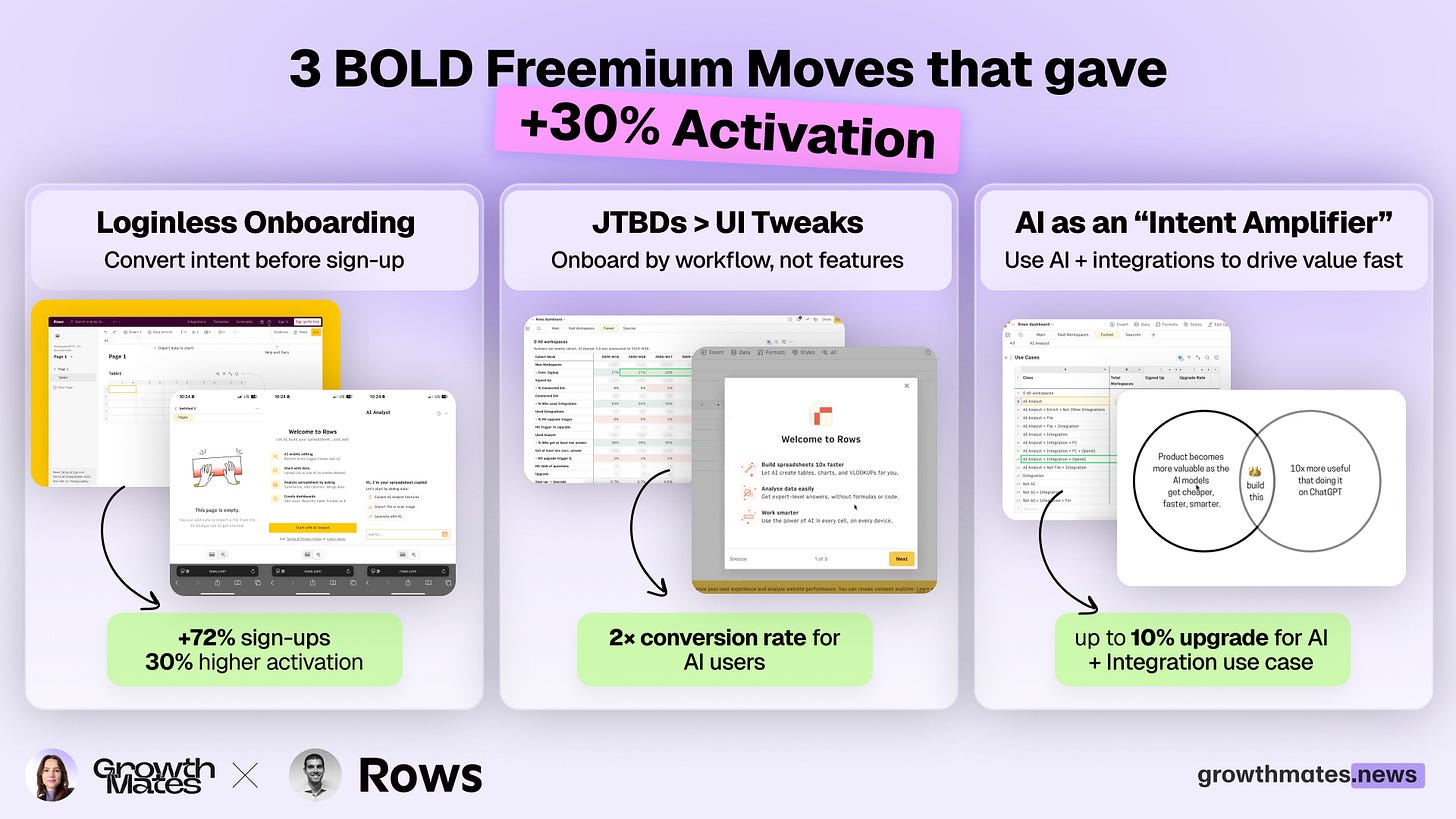
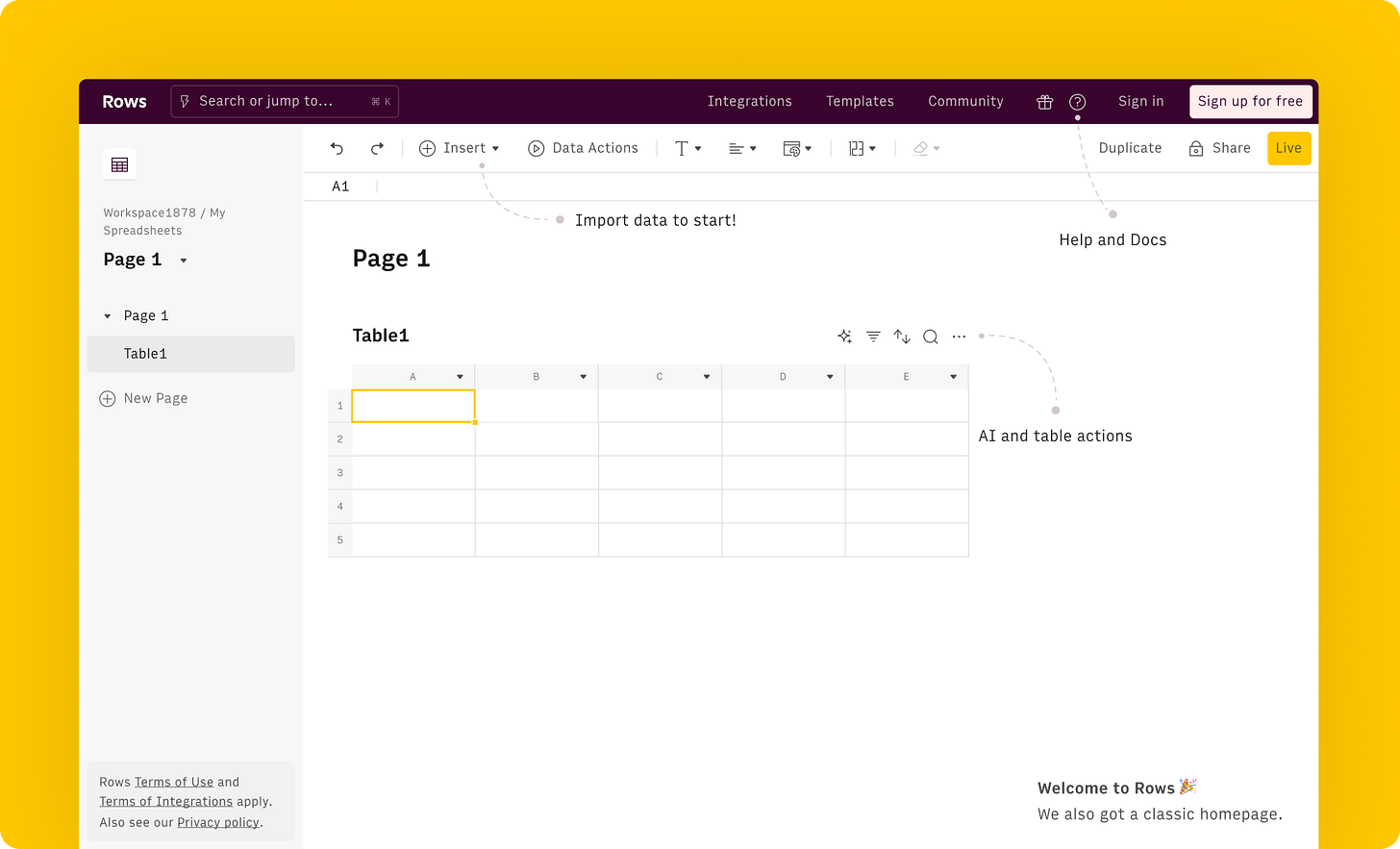
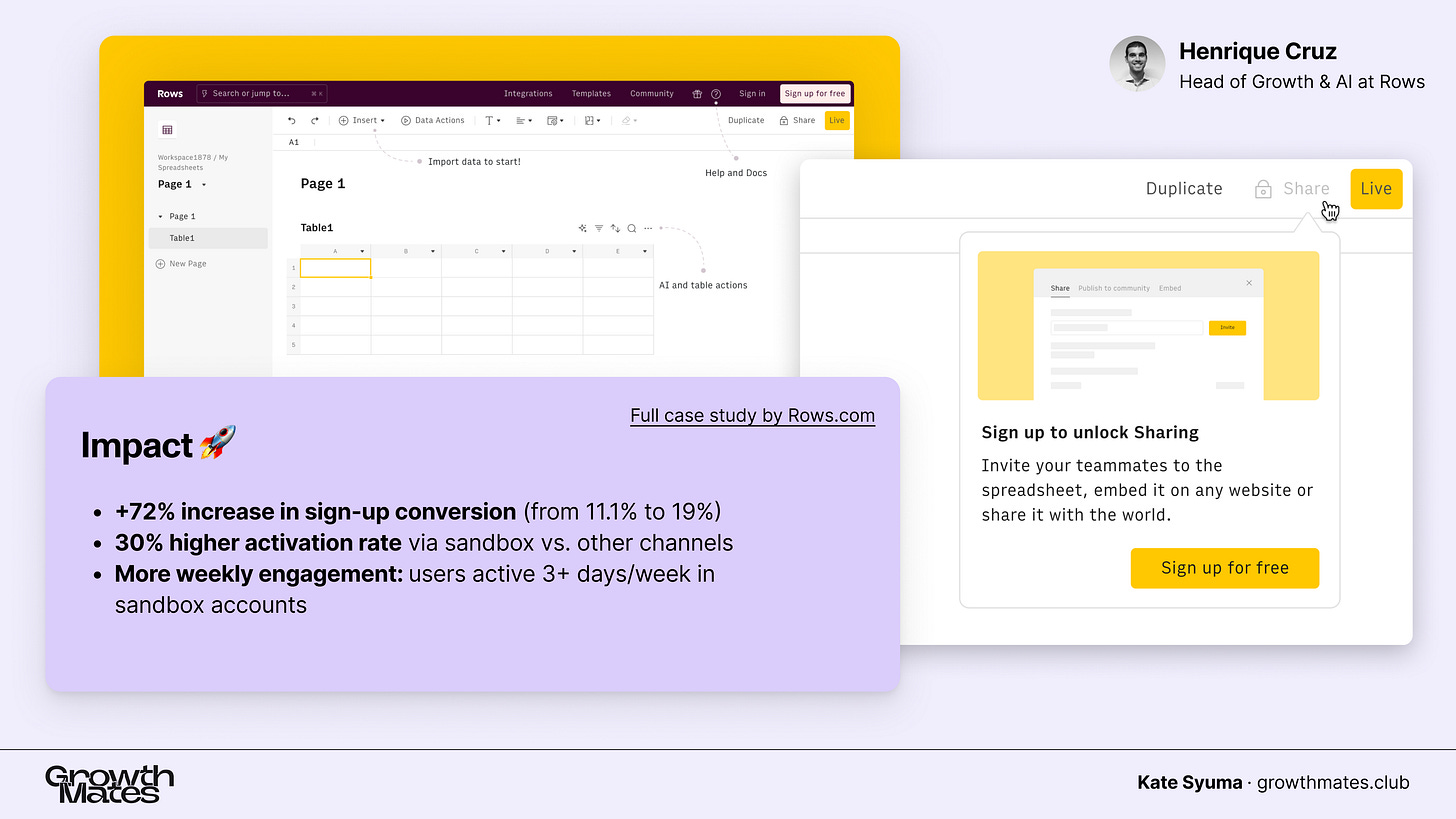
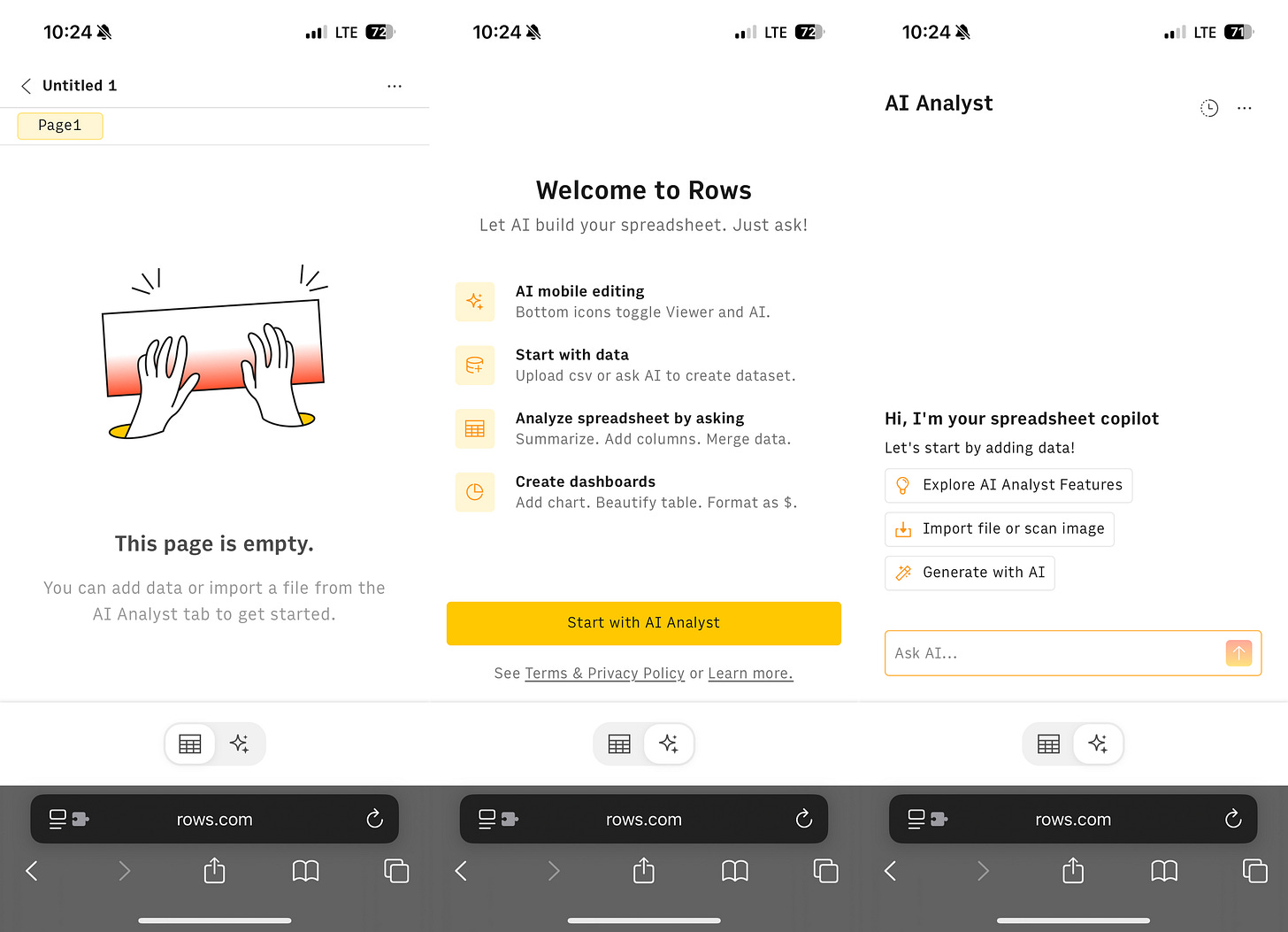

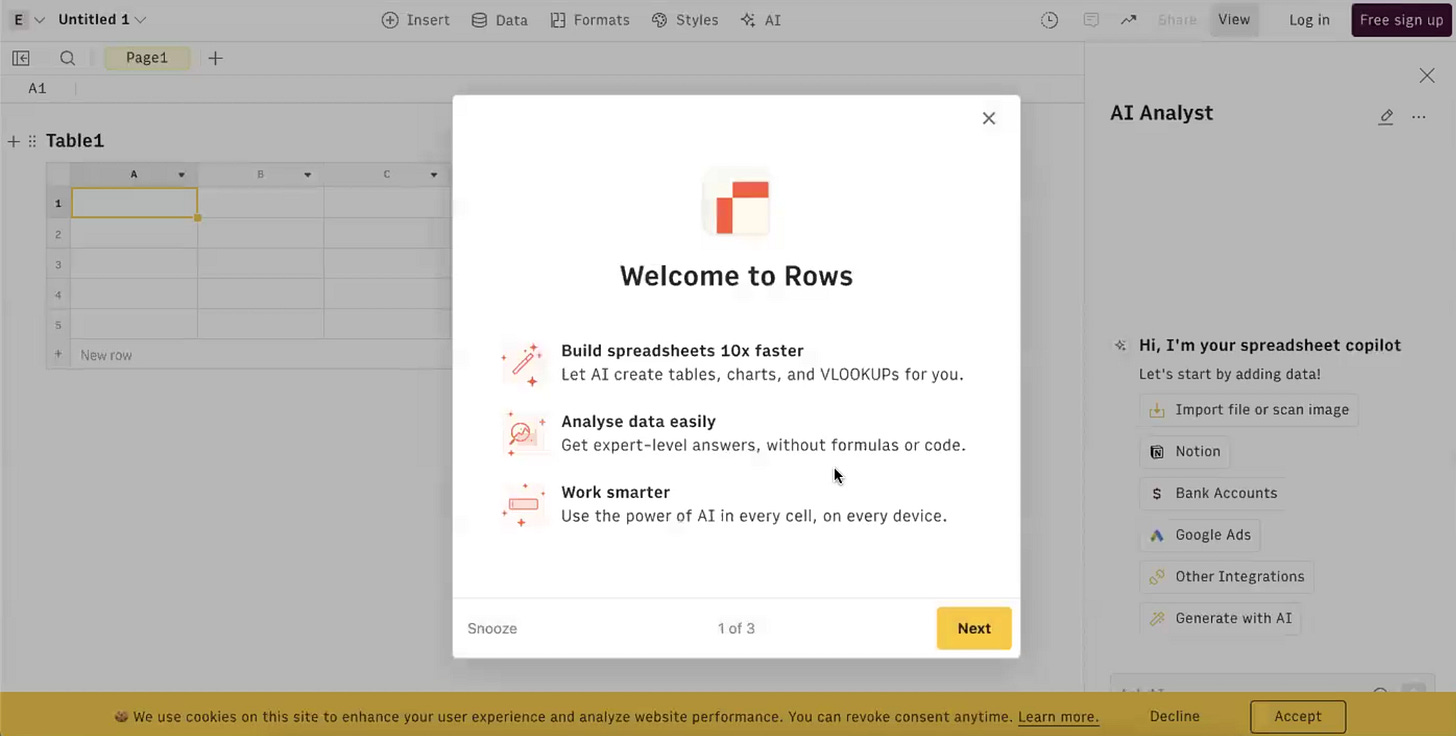
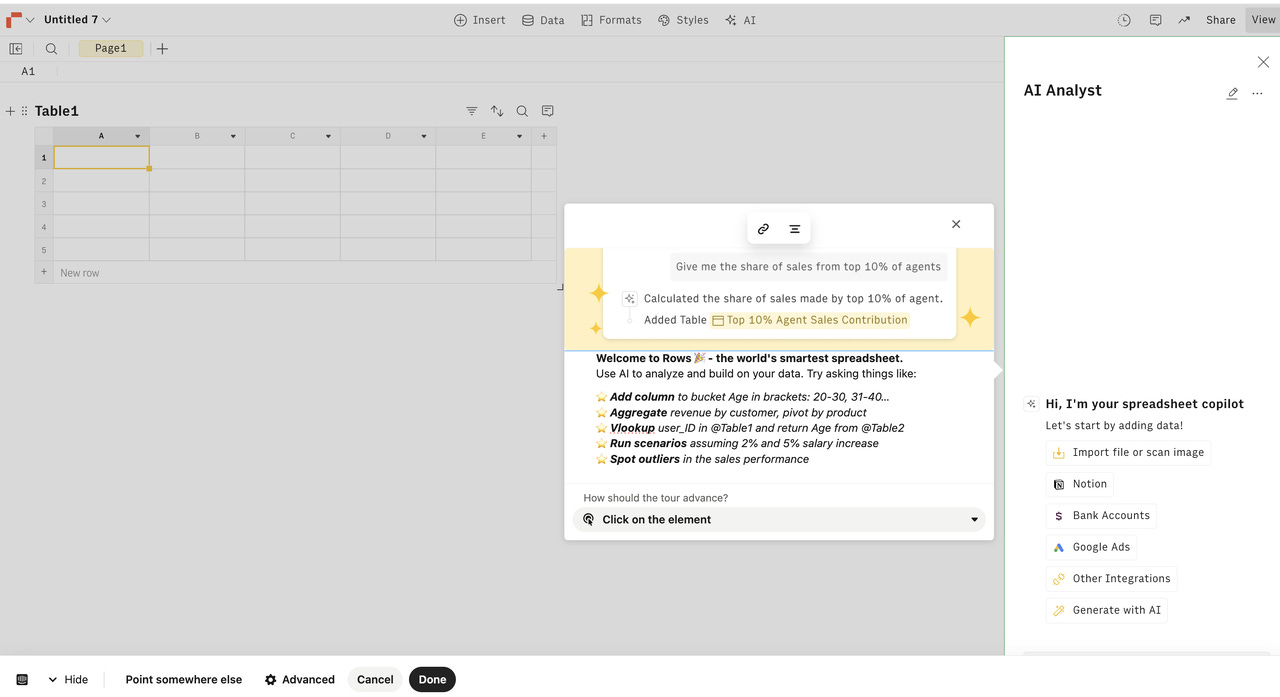
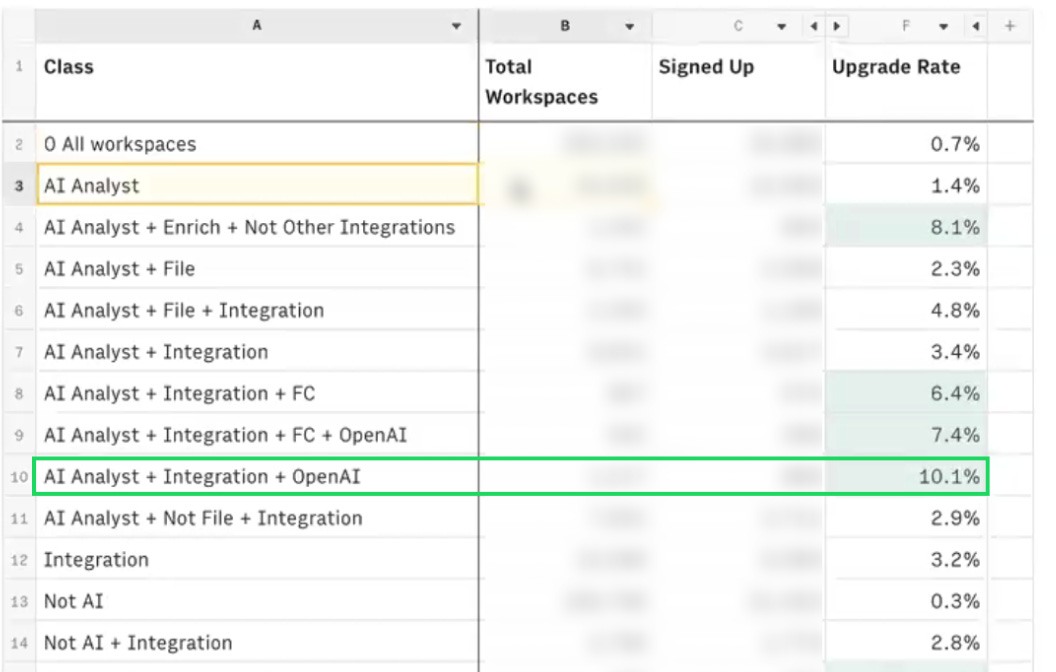
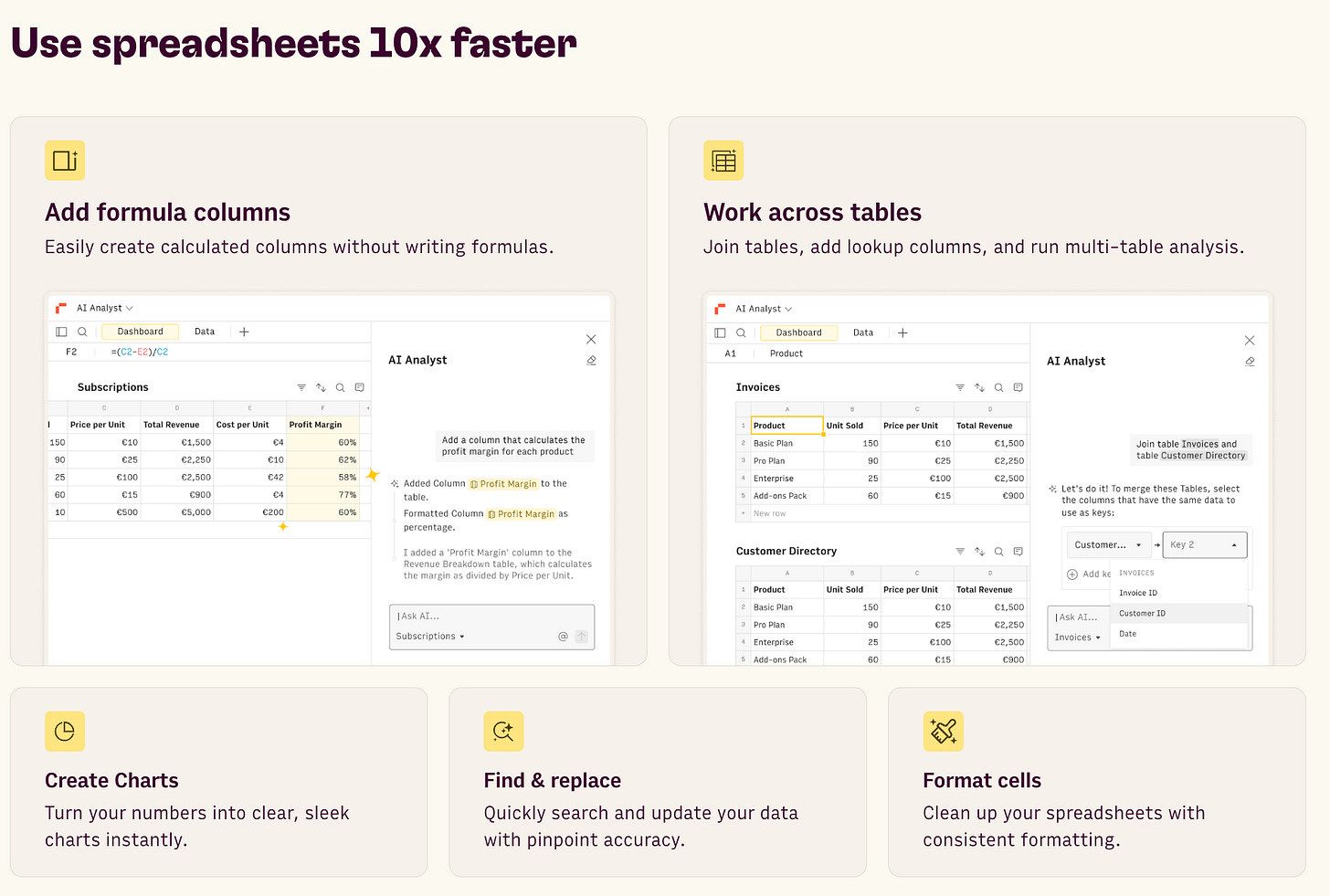

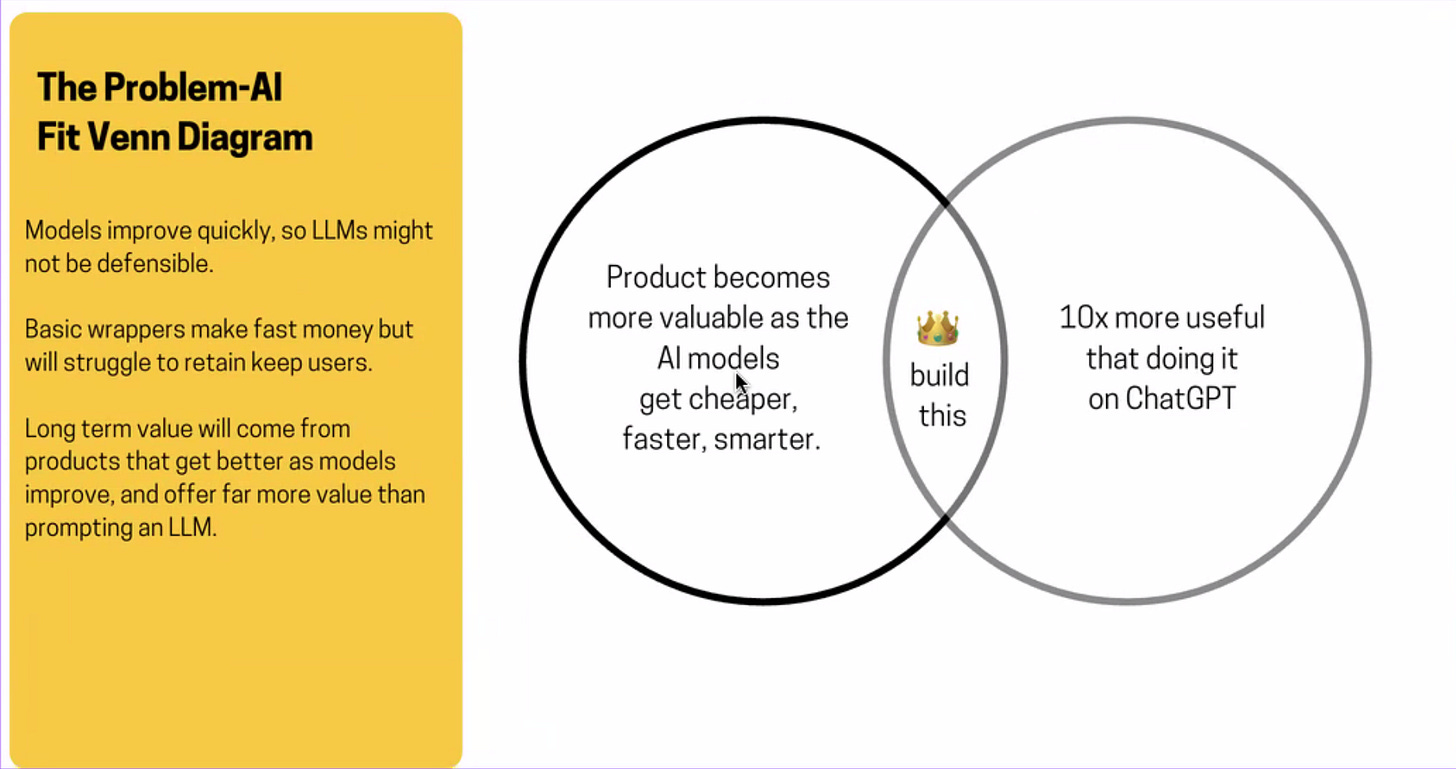

Rows surprised me on how you can build a product with huge competition in a red ocean market. How they are flipping every aspect of the product is something more products can be inspired by.